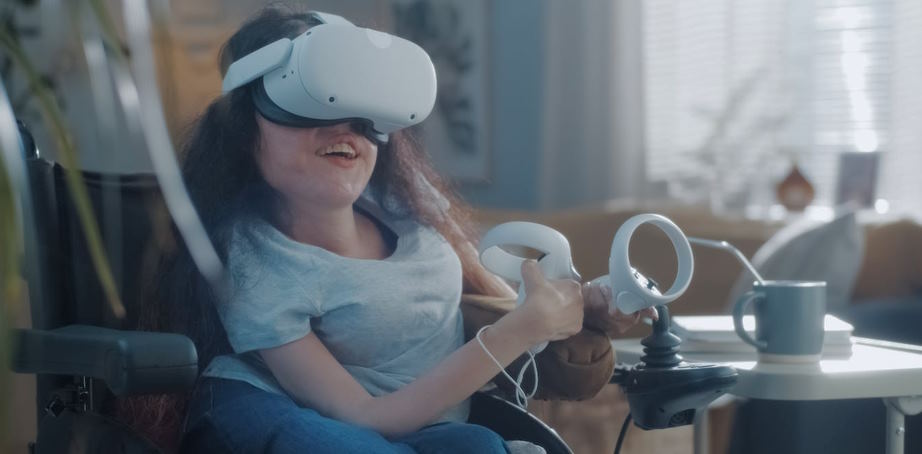Inventions for Accessibility: Empowering People with Disabilities
Accessibility is a crucial aspect of ensuring equal opportunities and inclusivity for people with disabilities. Despite the challenges and barriers they may face in their daily lives, technology has been a game-changer in empowering people with disabilities by providing innovative solutions and inventions for accessibility. From mobility aids to communication devices and sensory enhancements, these inventions have revolutionized the lives of people with disabilities, offering them greater independence, participation, and opportunities for success.
Assistive Devices for Mobility: Empowering People with Disabilities
Inventions and innovations in technology have transformed the lives of people with mobility impairments, providing them with increased independence and accessibility. Wheelchairs, prosthetics, and exoskeletons are just a few examples of assistive devices that have revolutionized mobility for individuals with disabilities.

Wheelchairs, both manual and powered, have been a staple in the lives of people with mobility impairments for decades. With advancements in materials science and engineering, wheelchairs have become lighter, more durable, and more maneuverable, allowing individuals with disabilities to navigate their surroundings with ease. Powered wheelchairs have also become more sophisticated, offering features such as customizable seating positions and intuitive controls, further enhancing the independence and mobility of users.
Prosthetics have also seen remarkable advancements in recent years. From traditional prosthetic limbs to cutting-edge bionic limbs, these devices have revolutionized mobility for amputees and individuals with limb differences. Prosthetics are now designed to mimic the natural movement of limbs, allowing users to engage in activities such as walking, running, and even playing sports. With advancements in robotics and sensor technology, prosthetics are becoming more intuitive and responsive to users’ movements, significantly improving their quality of life and accessibility.
Exoskeletons are a relatively newer innovation in the field of mobility assistive devices. These wearable robotic devices are designed to augment the strength and mobility of individuals with disabilities, allowing them to stand, walk, and perform activities that were once impossible. Exoskeletons utilize advancements in materials science and robotics, with sensors and actuators that respond to users’ movements, providing support and assistance as needed. These devices have shown tremendous potential in improving mobility and accessibility for individuals with spinal cord injuries, paralysis, or other mobility impairments.

Empowering Communication: Innovations in Communication Aids for People with Disabilities
Communication is a fundamental human right, and advancements in technology have made it possible for individuals with speech or hearing impairments to express themselves, engage with others, and participate fully in society. Inventions and technologies such as text-to-speech software, sign language recognition technology, and speech-generating devices have revolutionized communication aids for people with disabilities.
Text-to-speech software has become a powerful tool for individuals with speech impairments. These software programs convert text into spoken words, allowing individuals to communicate verbally even if they are unable to speak. With the advancements in natural language processing and voice recognition, text-to-speech software has become more sophisticated, offering personalized voices and intuitive interfaces, enabling users to express themselves in their own unique way.
Sign language recognition technology has also made significant strides in recent years, providing a bridge for communication between individuals who are deaf or hard of hearing and those who do not understand sign language. These technologies use computer vision and machine learning algorithms to interpret sign language gestures into spoken or written language, facilitating communication in various settings, such as schools, workplaces, and social interactions.
Speech-generating devices have also become invaluable communication aids for individuals with speech impairments. These devices use buttons, touch screens, or eye-tracking technology to allow users to select pre-programmed or custom phrases, which are then converted into speech. Speech-generating devices have empowered people with disabilities to express their thoughts, needs, and emotions, enabling them to actively participate in conversations, social interactions, and educational settings.
Ongoing research and development in the field of communication aids continue to push the boundaries of what is possible. For instance, brain-computer interfaces (BCIs) hold great promise in enabling communication for individuals with severe disabilities who are unable to move or speak. BCIs use brain signals to control computers, allowing users to type or select words through their thoughts. Wearable devices, such as smart gloves or wristbands, are also being developed to recognize sign language gestures and convert them into spoken language, further enhancing communication for individuals who rely on sign language.







